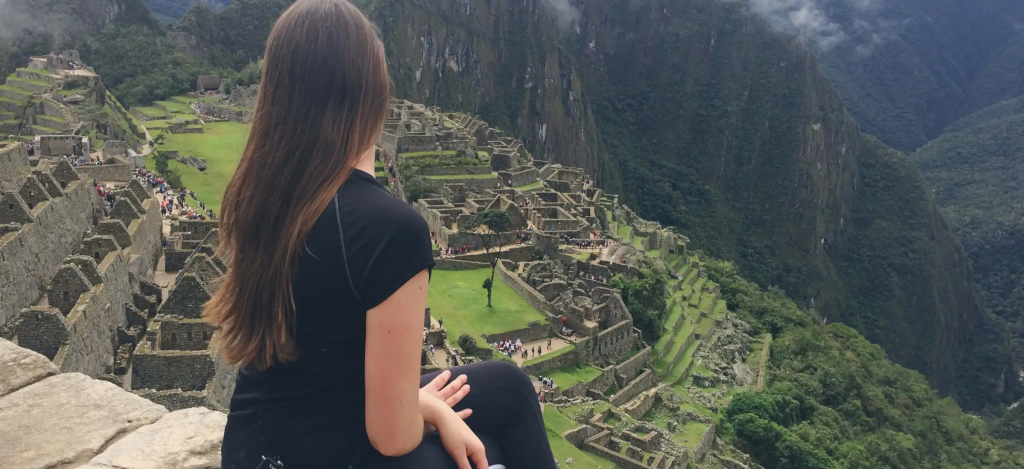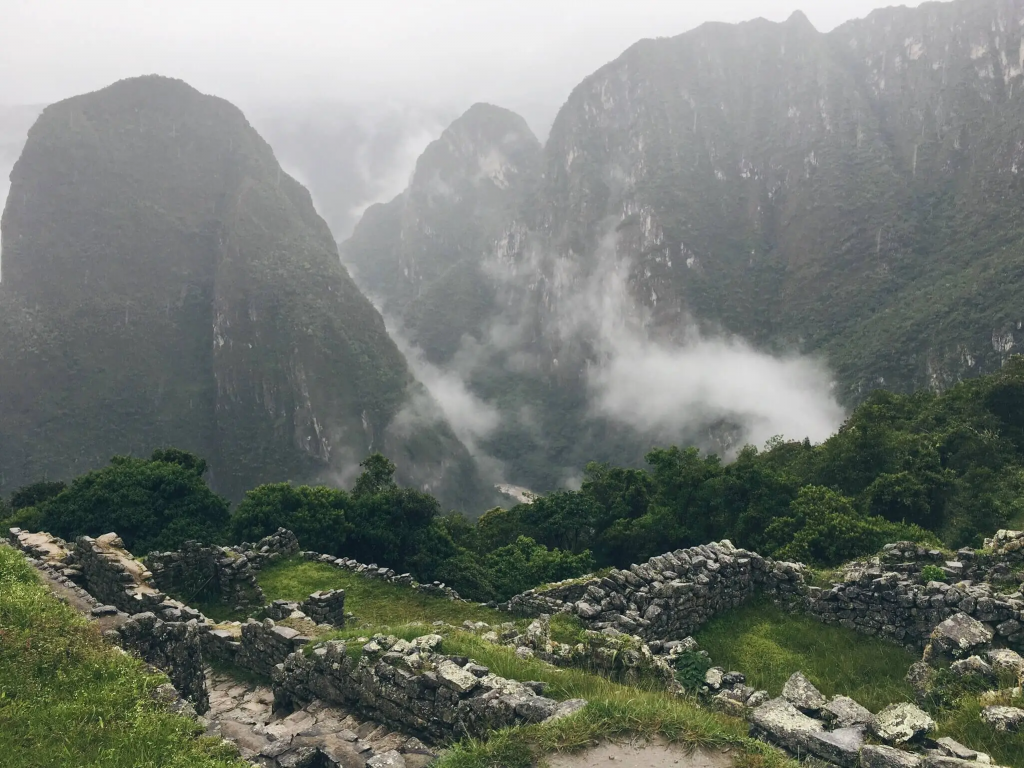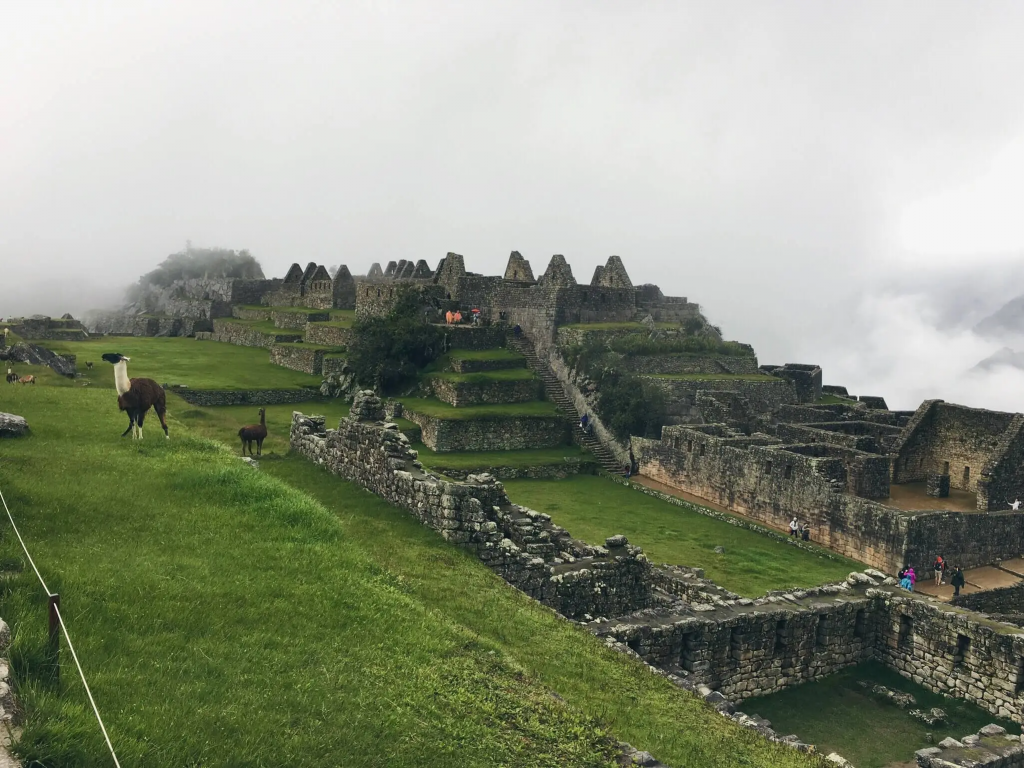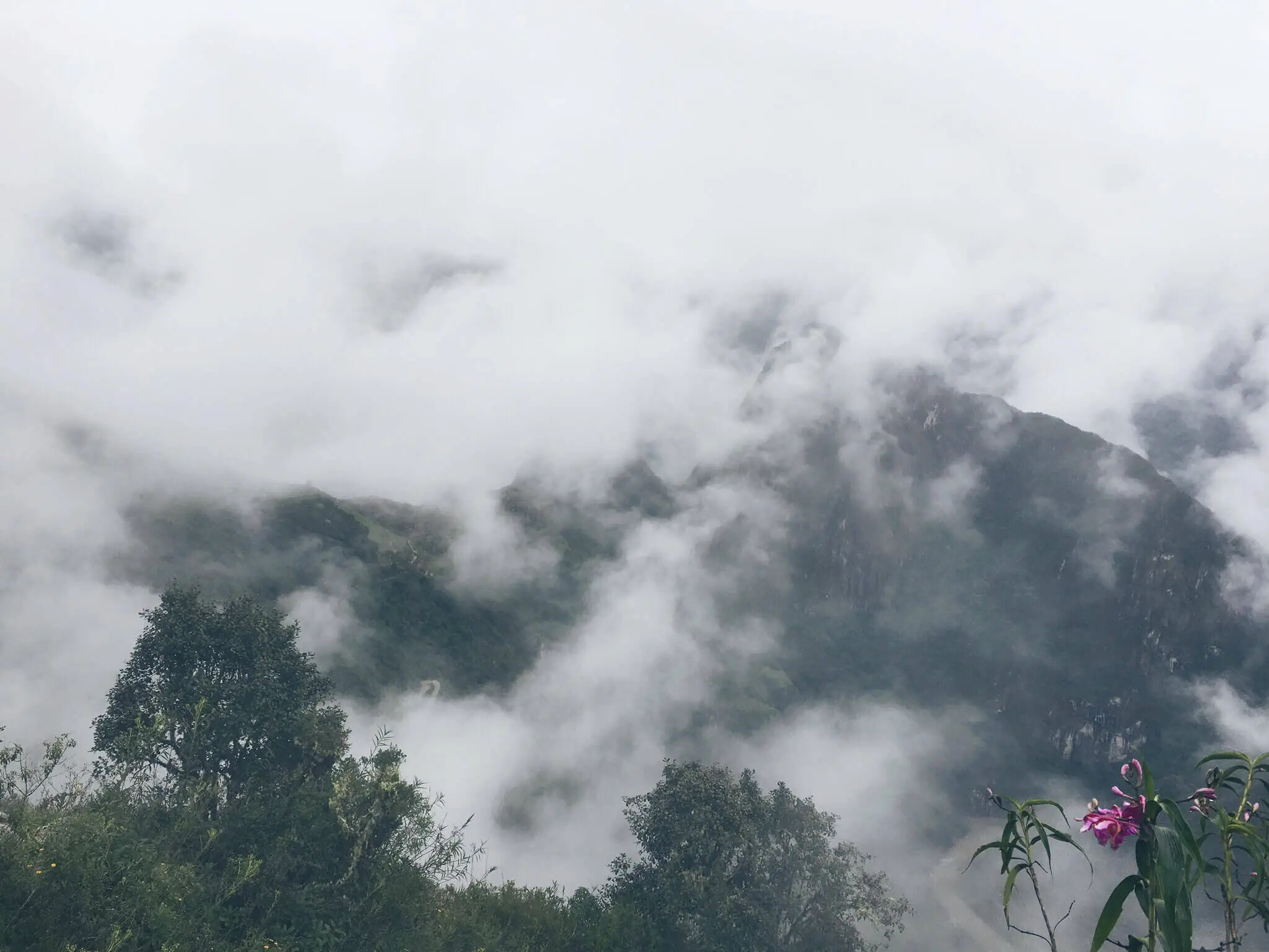More Than Stones: A Sunrise at Machu Picchu
There’s a particular chill that hangs in the pre-dawn air of Aguas Calientes, a nervous energy mixed with
the steam from coca tea. You’ve seen the photo a thousand times: the emerald terraces, the impossibly
steep peak of Huayna Picchu, the stone ruins basking in a perfect, sun-drenched light. But what the photos
don’t prepare you for is the feeling—the quiet, breathless awe of stepping into that postcard yourself.
My journey to Machu Picchu wasn’t the heroic multi-day Inca Trail trek, but the equally humbling path of a
traveler trying to manage logistics and altitude. Here’s my first piece of hard-won advice: book
everything, especially your entry ticket, months in advance. The official government website is the
cheapest route, but it can be fickle. We used a reputable local agent in Cusco, which cost a little more
but saved us a world of stress.
The second, and perhaps most crucial, tip is to respect the altitude. We spent three days acclimatizing in
Cusco before heading to the lower altitude of Aguas Calientes, the town at the base of Machu Picchu. Even
so, every flight of stairs left me slightly winded. The local remedy, coca tea, became a comforting
morning ritual. It’s not just a tourist gimmick; it genuinely helps settle your stomach and ease the
thinness of the air.

The bus ride up the mountain is a dizzying, winding ascent that builds anticipation with every turn. Then,
you’re there. You walk through the gate, turn a corner, and the entire citadel unfolds before you. The
morning mist was still clinging to the surrounding peaks, and the site was bathed in a soft, ethereal
glow. It was smaller and yet infinitely grander than I had imagined. For a few moments, I didn’t take a
photo. I just stood there, trying to absorb the sheer, silent power of the place.

We hired a guide at the entrance, and I can’t recommend this enough. Without our guide, Marco, they would
have just been beautiful stones. With him, they became astronomical observatories, sacred temples, and the
homes of Inca nobles. He pointed out the Temple of the Sun, its curved wall a masterpiece of stonework,
and explained how its windows perfectly align with the solstices. He made the city breathe.

My final piece of advice is simple: after your guided tour, find a quiet terrace away from the main
crowds. I found a spot overlooking the valley, sat down on the cool stone, and just listened. I listened
to the wind whistling through the stone doorways and the distant rumble of the Urubamba River below. It
was in that silence, long after the perfect photo had been taken, that I truly found Machu Picchu. It’s
more than a ruin; it’s a feeling of profound, humbling peace. Go for the photo, but stay for the silence.

